Is This Slab too Wet for Porcelain Tile?
xand83
13 years ago
Related Stories
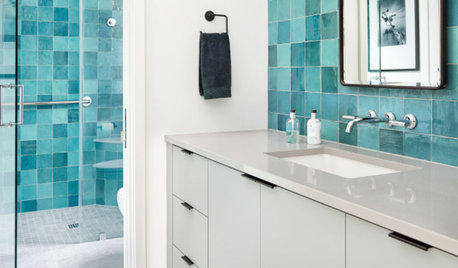
TILEPorcelain vs. Ceramic Tile: A Five-Scenario Showdown
Explore where and why one of these popular tile choices makes more sense than the other
Full Story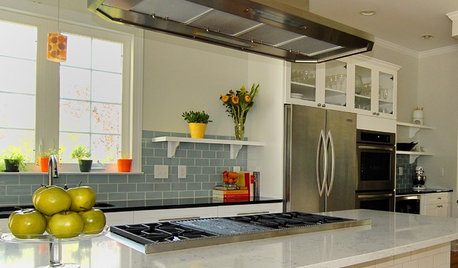
KITCHEN DESIGNGet Quartz and Porcelain Surfaces Super Clean
These cleaning tips for quartz, travertine, porcelain and engineered stone will help keep your countertops and sinks looking spotless
Full Story
TILETop Tile Trends From the Coverings 2013 Show — the Wood Look
Get the beauty of wood while waving off potential splinters, rotting and long searches, thanks to eye-fooling ceramic and porcelain tiles
Full Story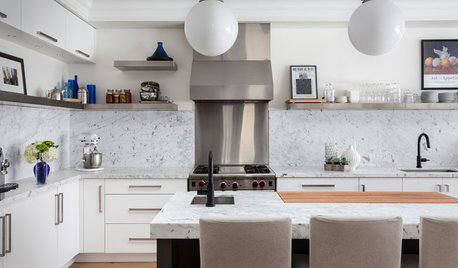
KITCHEN BACKSPLASHESWhy You Should Embrace a Solid Slab Backsplash
The effect is stunning, and yet the cost can be minimal. Here’s what to know about using full slabs of stone in your kitchen
Full Story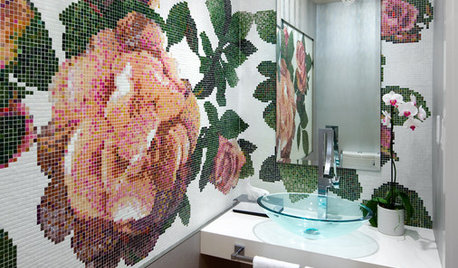
DREAM SPACESDream Tile, Sensational Style
From intricate mosaics to large-scale porcelain, splurgeworthy tiles create a luxurious air in the bath and beyond
Full Story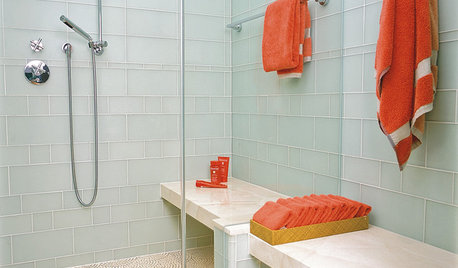
REMODELING GUIDESHouse Planning: How to Choose Tile
Glass, Ceramic, Porcelain...? Three Basic Questions Will Help You Make the Right Pick
Full Story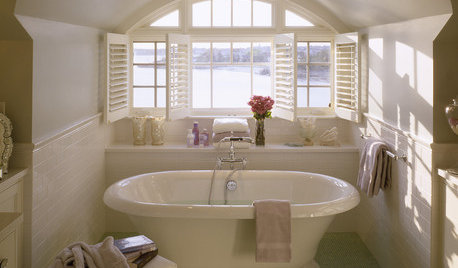
TILEBathroom Floor Tile: Glass Mosaic for a Luxurious Look
It's gorgeous. It's expensive. It's slippery when wet. Learn the pros, cons and costs of glass mosaic tile here
Full Story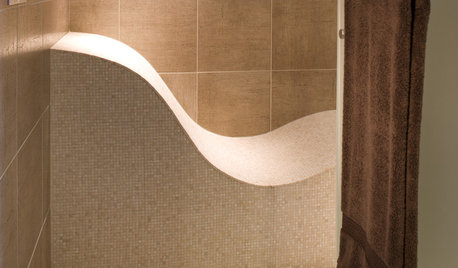
REMODELING GUIDESTop 10 Tips for Choosing Shower Tile
Slip resistance, curves and even the mineral content of your water all affect which tile is best for your shower
Full Story
MATERIALSAn Architect Shares His Go-To Materials
Aluminum doors, porcelain tiles, polished concrete. Here are the features and finishes this professional returns to time and again
Full Story
BEFORE AND AFTERSLiving Area Lightened Up and Ready for Anything
Porcelain tile and outdoor fabrics prepare this lakeside home for the challenge of pets and kids
Full Story









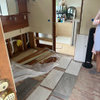

Floortech
User
Related Professionals
Carlisle Flooring Contractors · Elgin Flooring Contractors · Kendall West Flooring Contractors · Orlando Flooring Contractors · Wesley Chapel Flooring Contractors · Browns Mills General Contractors · Great Falls General Contractors · Green Bay General Contractors · Greensburg General Contractors · McPherson General Contractors · Owosso General Contractors · Towson General Contractors · Troutdale General Contractors · Tyler General Contractors · Baileys Crossroads General Contractorsdavidro1
xand83Original Author
User
xand83Original Author
davidro1
User
Avanti Tile & Stone / Stonetech
Avanti Tile & Stone / Stonetech
xand83Original Author
glennsfc
xand83Original Author